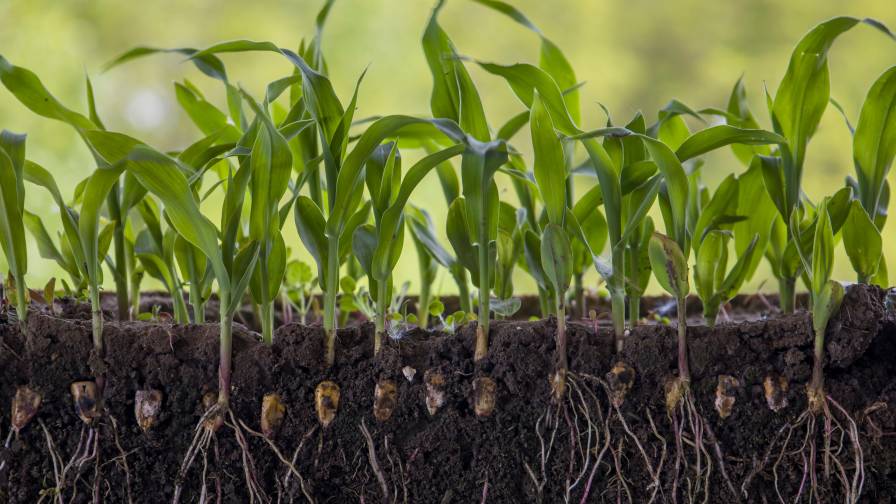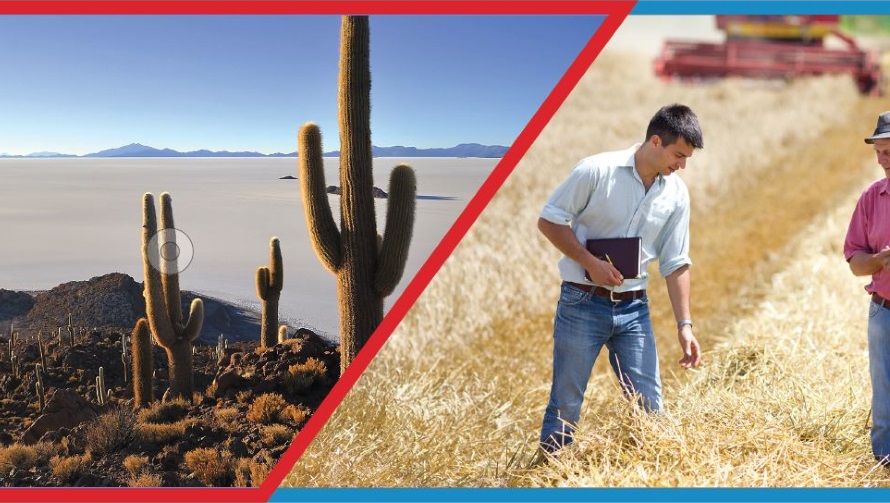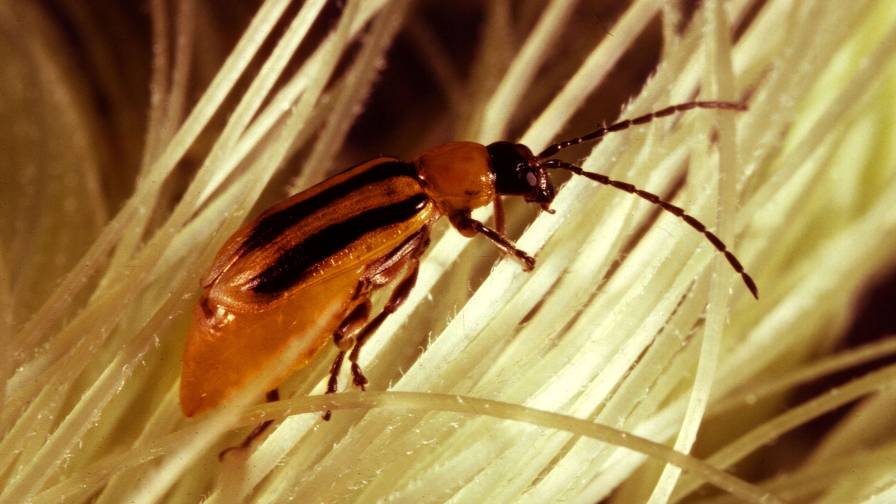Natural Selection: How Biopesticides Are Transforming Crop Inputs
Burgeoning demand for environmentally friendly chemicals and production methods are putting biopesticides into the minds of growers worldwide. In offering new biopesticides to their customers, crop protection companies aim to hitch sustainability to existing high performance standards.
Albaugh, which markets the BIOST Nature’s Science lineup of biological seed treatments, recognizes the need for new modes of action that are compatible with synthetic products, notes Jay Stroh, Biological Seed Treatment Lead with the company.
“There’s more pressure on synthetics,” says Stroh. “With that, there is an interest in adding biological-based products to enhance standard synthetics.”
One product in the platform, BIOST Nematicide 100, is billed as a broad-spectrum nematode stopper more effective than fungicides and insecticides. Nematodes, thread-like worms found in corn, use piercing mouth parts to feed on plant nutrients. The pests grow upon feeding, which re-infects roots and increases susceptibility to soil-borne fungal infections.
While some nematicides only target specific invaders, BIOST kills species found in soybeans, corn, cotton, and additional crops. Early-season protection against wireworms and corn seed maggots is another feature of a biological-based nematicide safe for both the applicator and the environment, says Stroh.
Corn rootworm continues to be top-of-mind at the start of the 2024 growing season. With farmers eager to eliminate below-ground pests early on — not to mention heightened anxiety over insect resistance — seed treatments remain a crop protection best practice. Layering in biological options like the BIOST nematicide also provides another mode of action, says Stroh.
“There’s more interest in adding seed treatments to get better activity on nematodes, corn rootworm, and other crop-attacking pests,” he says. “Anytime you eliminate damage to the roots, it’s a one-two punch, because you’re protecting against feeding damage and the secondary diseases that can enter those wounds.”
Time Is of the Essence
Stringent regulations for synthetic and chemical products have brought an economic incentive to the sustainable sector, says Trent Newell, Agronomy Lead at Pattern Ag.
Bringing a new synthetic to market requires hundreds of toxicological and environmental studies, along with time-consuming risk assessments from regulatory authorities. In contrast, biopesticides must only prove their effectiveness, and that the bacteria utilized in their formulation is naturally occurring.
Though biopesticide use must be assessed state-by-state, even this process does not take nearly as long as the strict evaluation faced by synthetics. Considering biopesticides are derived from natural materials such as animals, plants, and bacteria, the road to a farmer’s field is far less bumpy, says Newell.
“To bring a synthetic product from idea to launch takes 10-12 years and costs $300 million, which most companies can’t afford,” he says. “Biological products cost about $10-$15 million and can be done in a few years. This opens up lots of space for startups to bring unique solutions to the market.”
Pattern Ag’s specialty is predictive agronomy, which processes agricultural, biological, and climate data to forecast outcomes for growers. Participants harnessing this artificial intelligence-driven innovation are well-armed against pests and pathogens, including the ever-present nematode, says Newell.
Nematode populations are more damaging to crops like cotton when in the presence of fusarium, while the soybean cyst nematode is a devastating enemy for soybean crops in the Midwest and Southeast.
“It’s always a moving target, but with soil data we can give farmers the best bet on what they can expect for the next year, and how they can prepare for it,” Newell says. “Yield loss has already happened after a pathogen or pest presents itself, and you have to salvage what you have.”
Although Pattern Ag does not sell biopesticides, the company partners with big-ticket producers such as Bayer and Syngenta to get the right product into growers’ hands.
For example, AI-assisted insight into an influx of costly seedling pests might come with a recommendation of FMC’s Ethos Elite insecticide. Ethos, which combines a pyrethroid insecticide with two proprietary biologicals, offers broad spectrum control critical for a crop’s early-growth stages, says Newell.
“Biopesticides as a whole have great nutrient use efficiency and stress mitigation,” he says. “And they’re quick to market, so they have a bright future. At Pattern, we leverage actionable insights to drive productivity through biological solutions.”
A Quest for Consistency
Certis Biologicals’ 50-plus products incorporate herbicides, insecticides, and fungicides, a suite of offerings that fit “hand-to-glove” alongside synthetic chemistries in the farmer arsenal, says Global Portfolio Manager Eric Luce.

Certis will introduce five biopesticide products this year, a pipeline consisting of a new biofungicide, a bionematicide and a novel insecticide.
“Growers need a constant flow of options that will keep them economically and environmentally sustainable,” Luce says. “Our mission is to bring new biological products that can be readily adopted into a grower’s crop input plan.”
Certis will introduce five products this year, a pipeline consisting of a new biofungicide, a bionematicide, and a novel insecticide. That work includes educating dealers and farmers on biopesticide benefits including new modes of action says Luce.
“We have a savvy group of growers, but biologicals are novel and different,” he says. “Farmers understand the physical and chemical side of plant biology, and we work with them to better understand the biological side. Once they’re more comfortable with biologicals, you’ll see growth in adoption.”
The North American biopesticide industry eclipsed $2.1 billion in 2021 — the global market is expected to triple by 2029, per data from Fortune Business Insights. Explosive sector growth has given rise to legions of startups, a trend that has growers questioning overall biopesticide efficacy, says Stroh, the Albaugh official.
“The biggest challenge is there are so many companies and so much noise that growers get confused,” says Stroh. “Which product do I use, and is this company legitimate? They’re asking these questions of retailers, seed companies, and trusted advisors. It’s about helping growers understand how the product works, and how they’re unique compared to synthetics.”
Albaugh continues to evaluate compatible biopesticides that can be applied “upstream” at a seed company. Stroh’s team is currently educating suppliers about a product marketplace that will only keep growing, he says.
“We look at products that are easy to use, without any special handling characteristics,” Stroh says. “Seed companies, growers, and retailers want products that are consistent year-to-year and that have the science to back them.”






